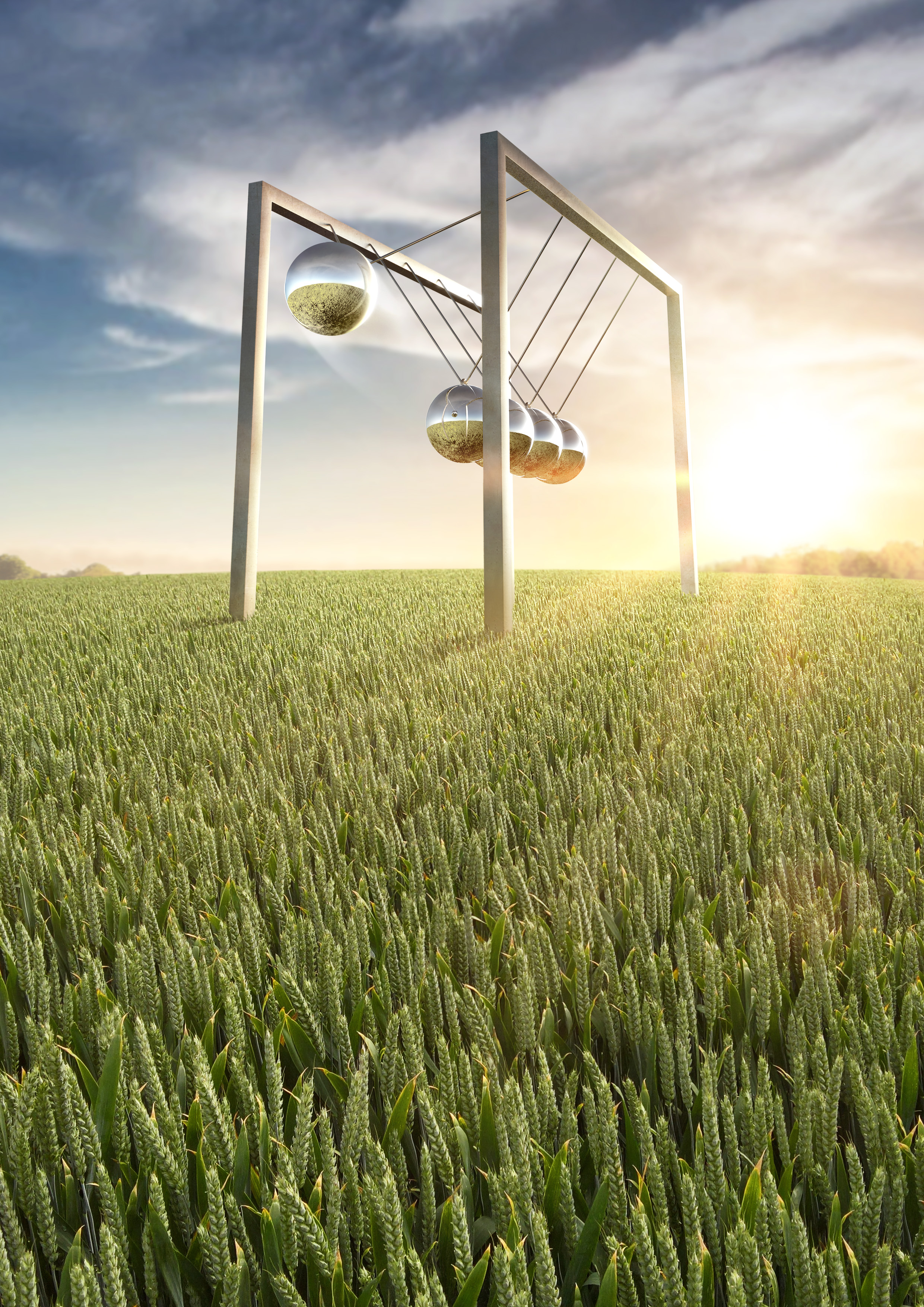New varieties improve output and rotational resilience
KWS Kinetic versus the comparator varieties
| KWS Kinetic | Gleam | Graham | |
|---|---|---|---|
| UK Treated Yield (% controls) | 104.0 | 103.0 | 101.5 |
| Untreated yield (% treated controls) | 79 | 84 | 88 |
| Mildew | 6 | 6 | 7 |
| Yellow rust | 6 | 7 | 8 |
| Brown rust | 6 | 6 | 6 |
| Septoria tritici | 5.0 | 6.3 | 6.8 |
| Eyespot | - | 4 | 4 |
| Fusarium | 6 | 6 | 6 |
| OWBM | R | R | - |
Source: 2020/21 AHDB RL - Winter Wheat
KWS Hawking versus the comparator varieties
| KWS Hawking | KWS Gimlet | Surge | |
|---|---|---|---|
| Specific weight (kg/hl) | 68.5 | 68.3 | 69.3 |
| UK treated yield (% controls) | 103.9 | 103.4 | 101.0 |
| Resistance to lodging (1-9) | 7.2 | 6.5 | 7.4 |
| Ripening (days +/- KWS Orwell) | 0 | 0 | -1 |
| Mildew | 5 | 6 | 6 |
| Rhynochosporium | 6 | 6 | 7 |
| Net blotch | 6 | 6 | 6 |
| Untreated yield (% treated controls) | 103 | 103 | 108 |
Source: 2020/21 AHDB RL - Winter Barley
Blazen compared with the conventional controls
| Blazen | Campus | Nikita | Elgar | |
|---|---|---|---|---|
| North treated gross output (% of controls) | 105 | 102 | 102 | 98 |
| Resistance to lodging | [8] | 8 | 8 | 8 |
| Shortness of stem | 6 | 6 | 7 | 6 |
| Earliness of maturity | 5 | 5 | 5 | 6 |
| Light leaf spot | 6 | 6 | 7 | 7 |
| Stem canker | 7 | 6 | 4 | 6 |
Source: 2020/21 AHDB RL - OSR

